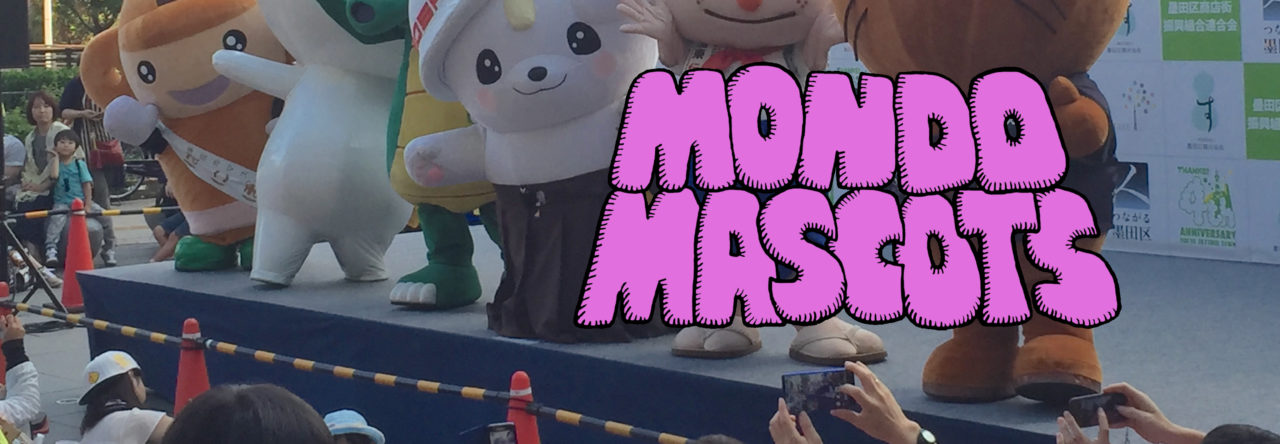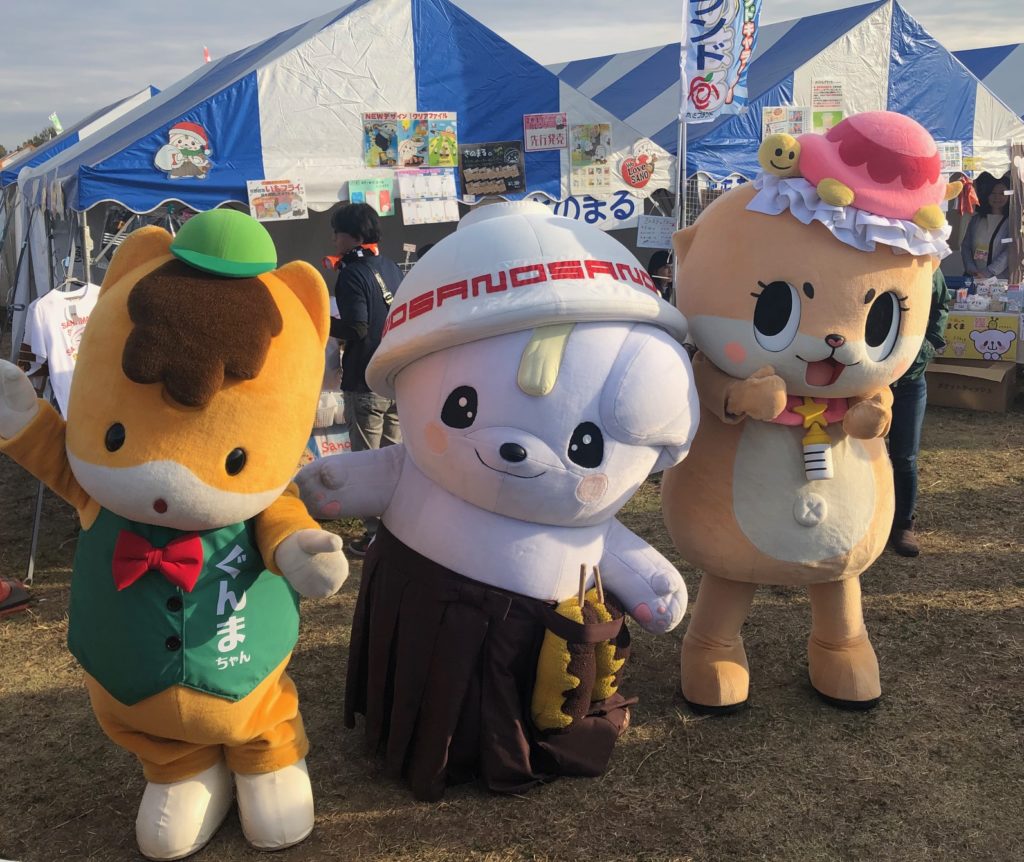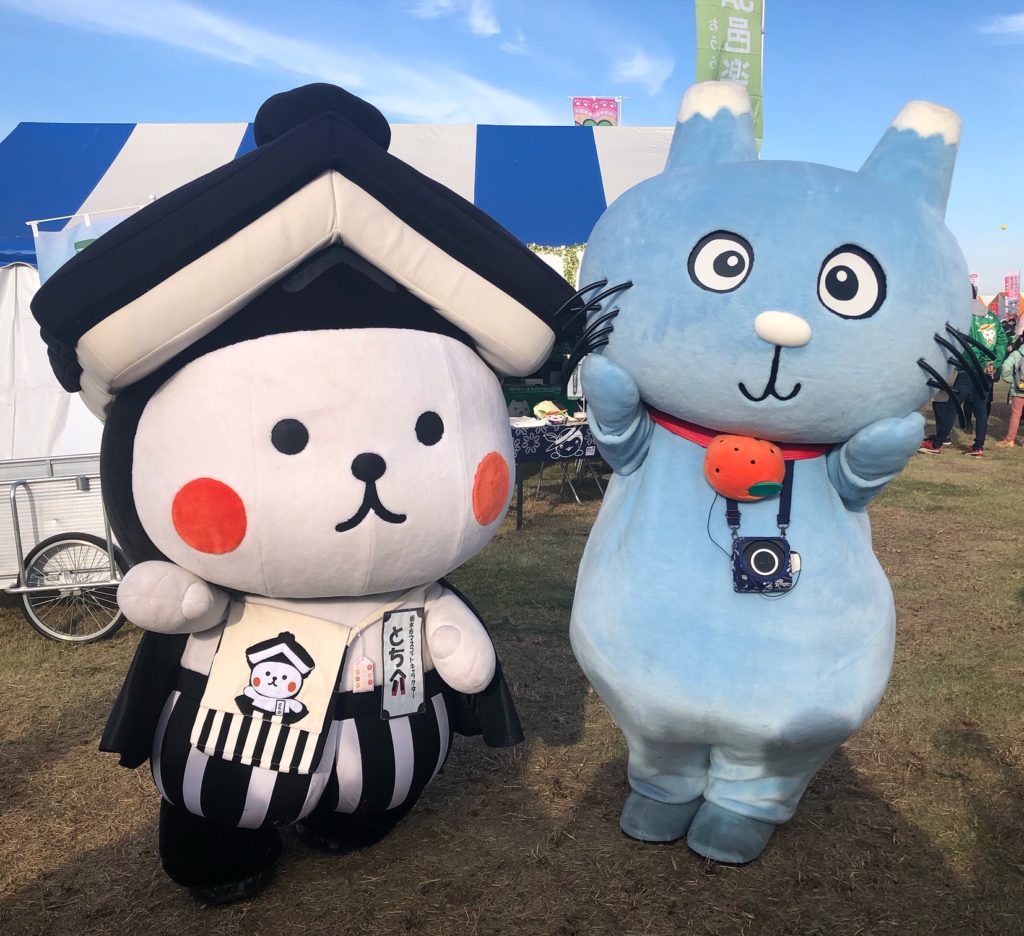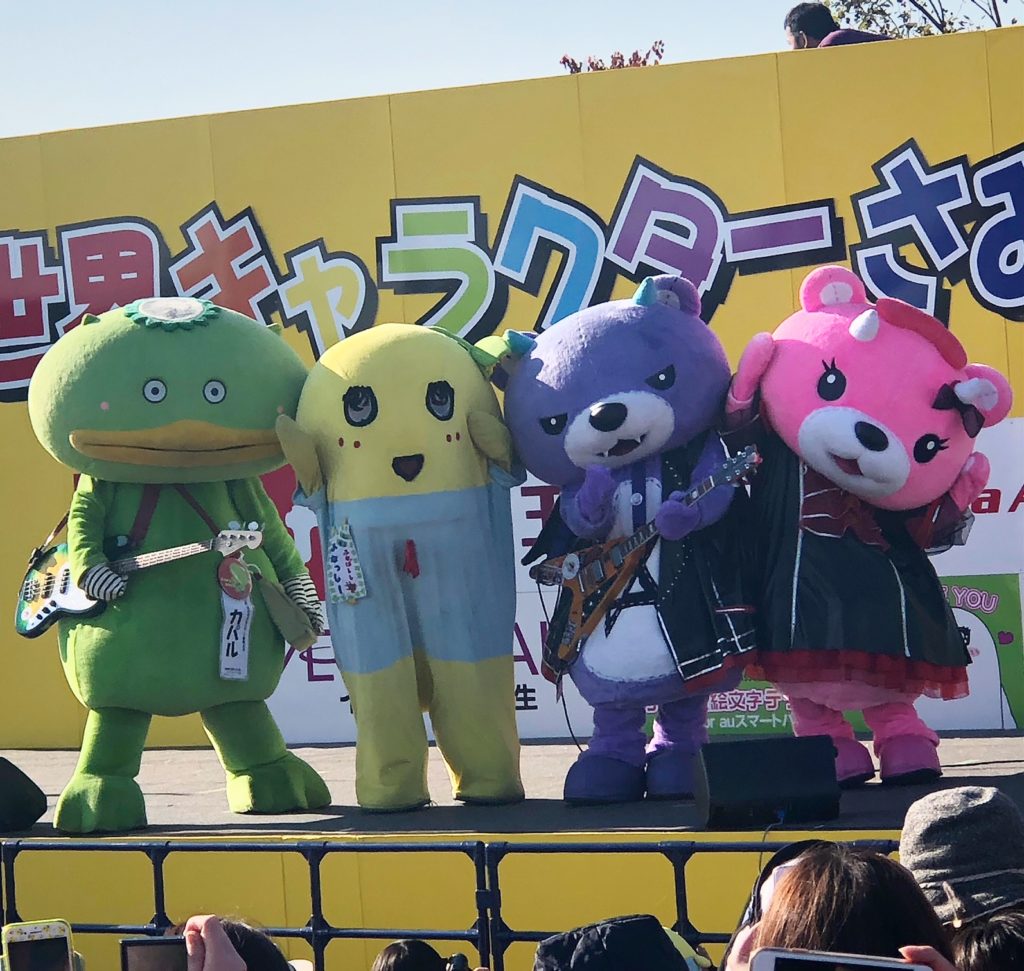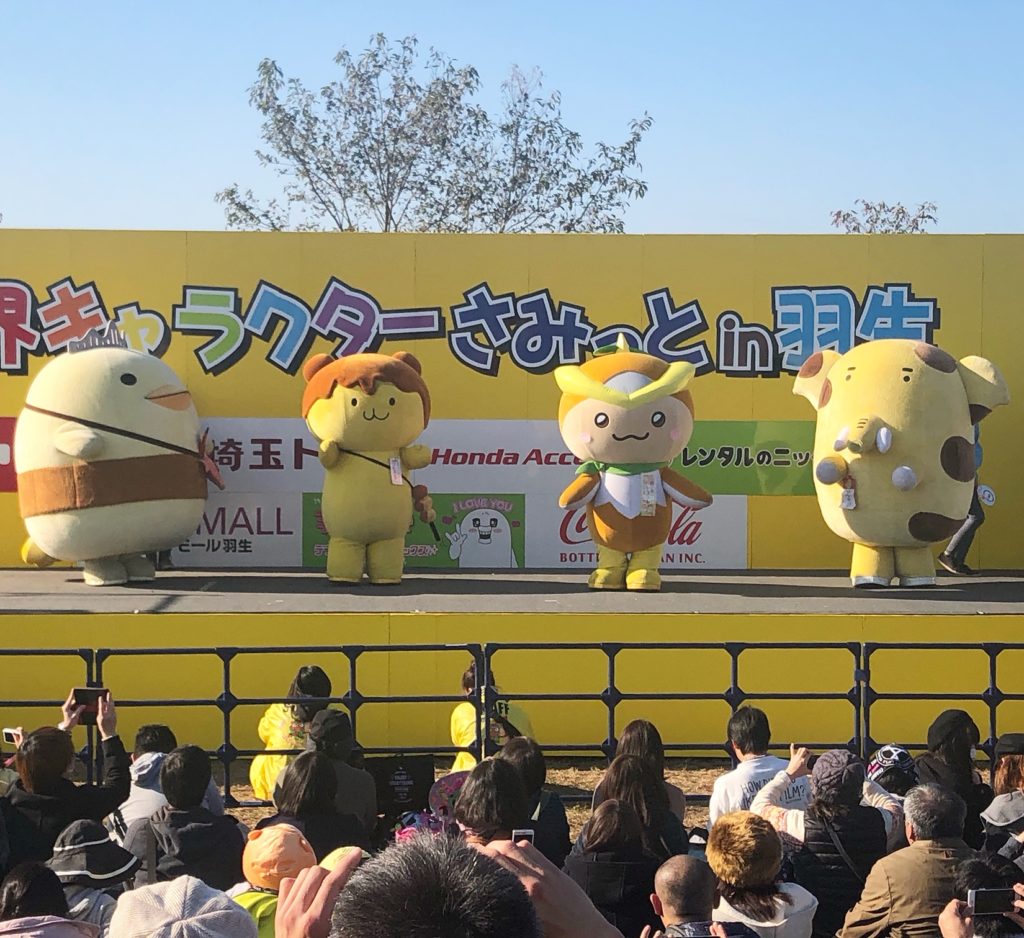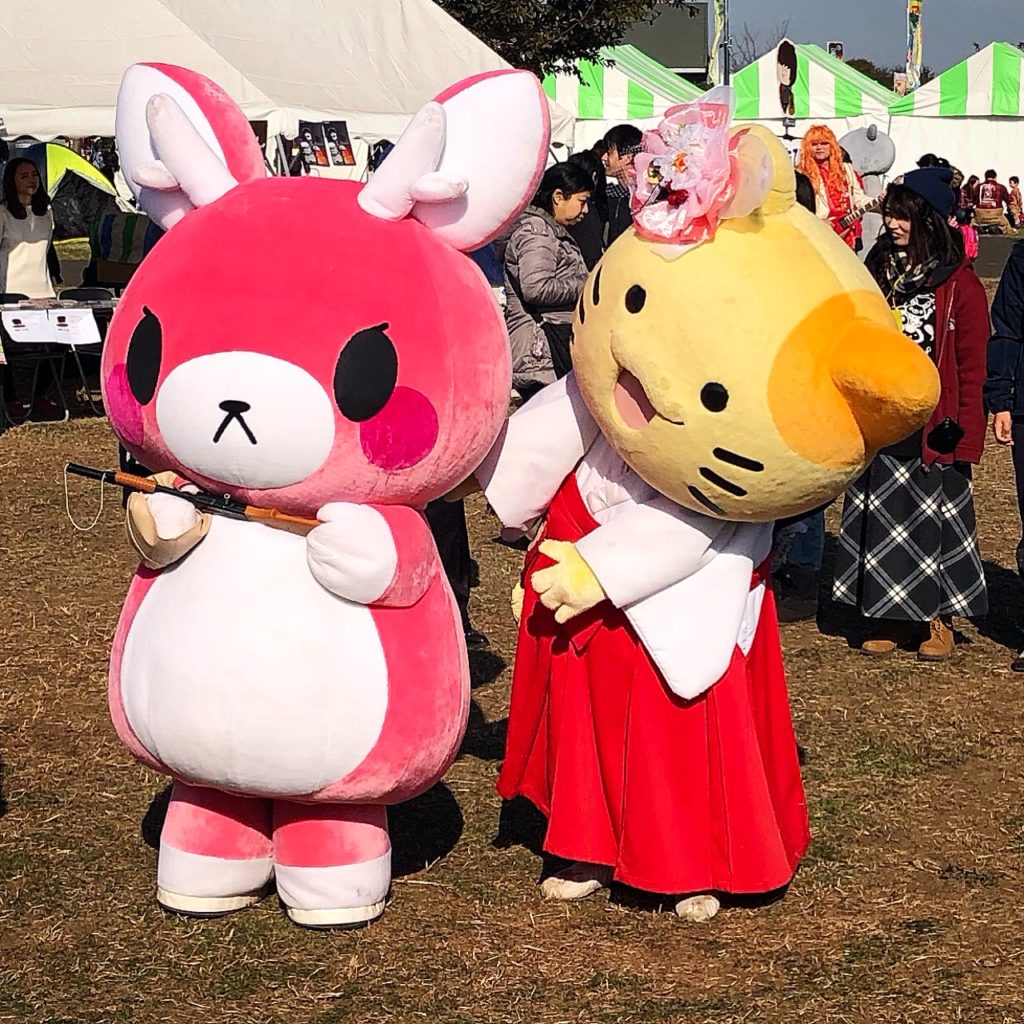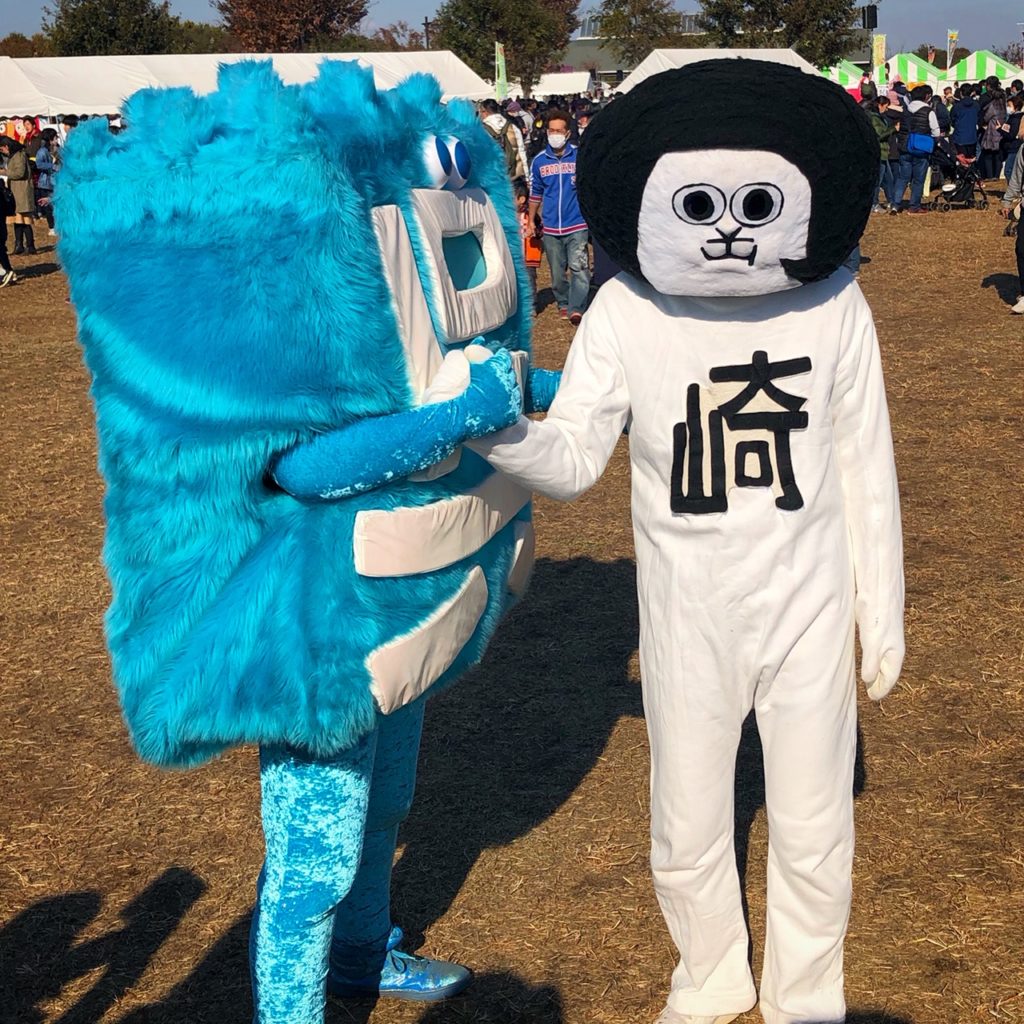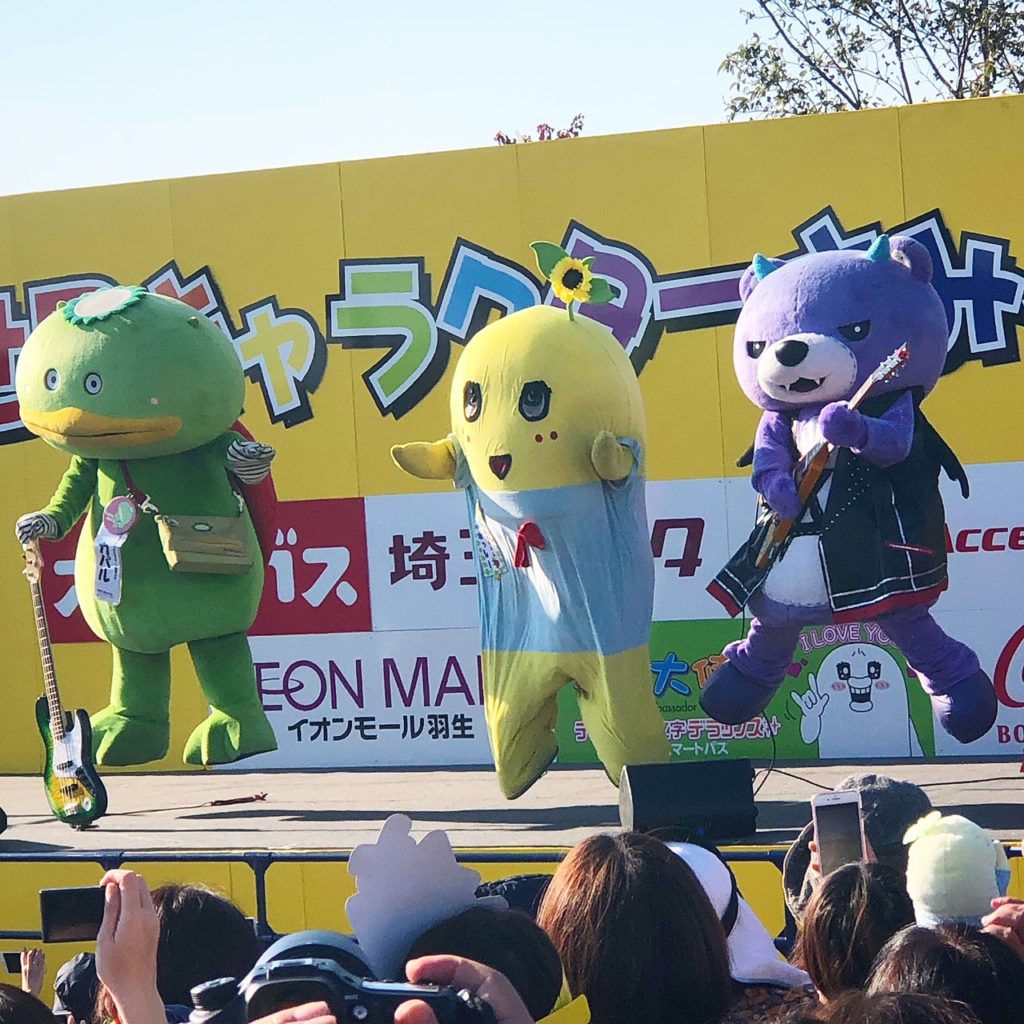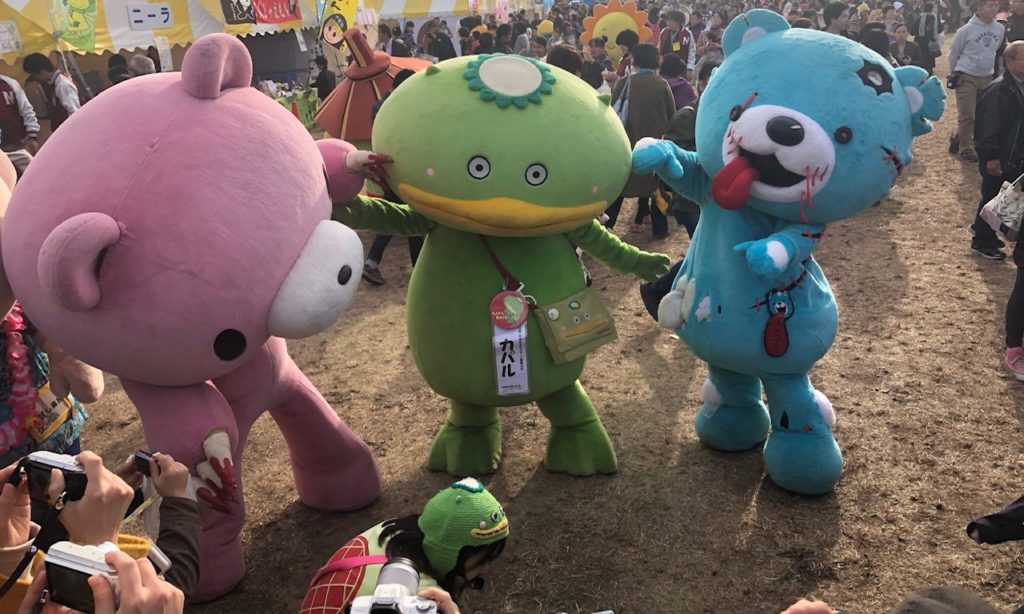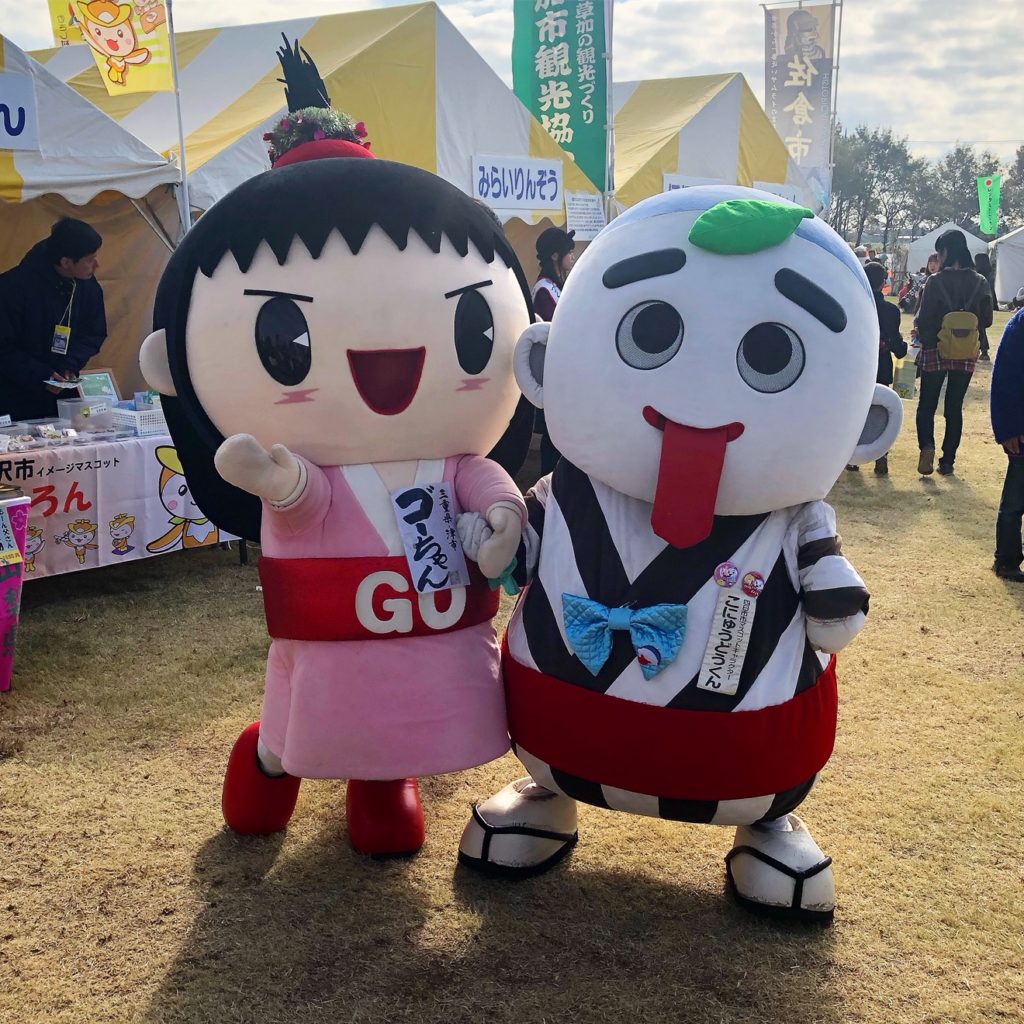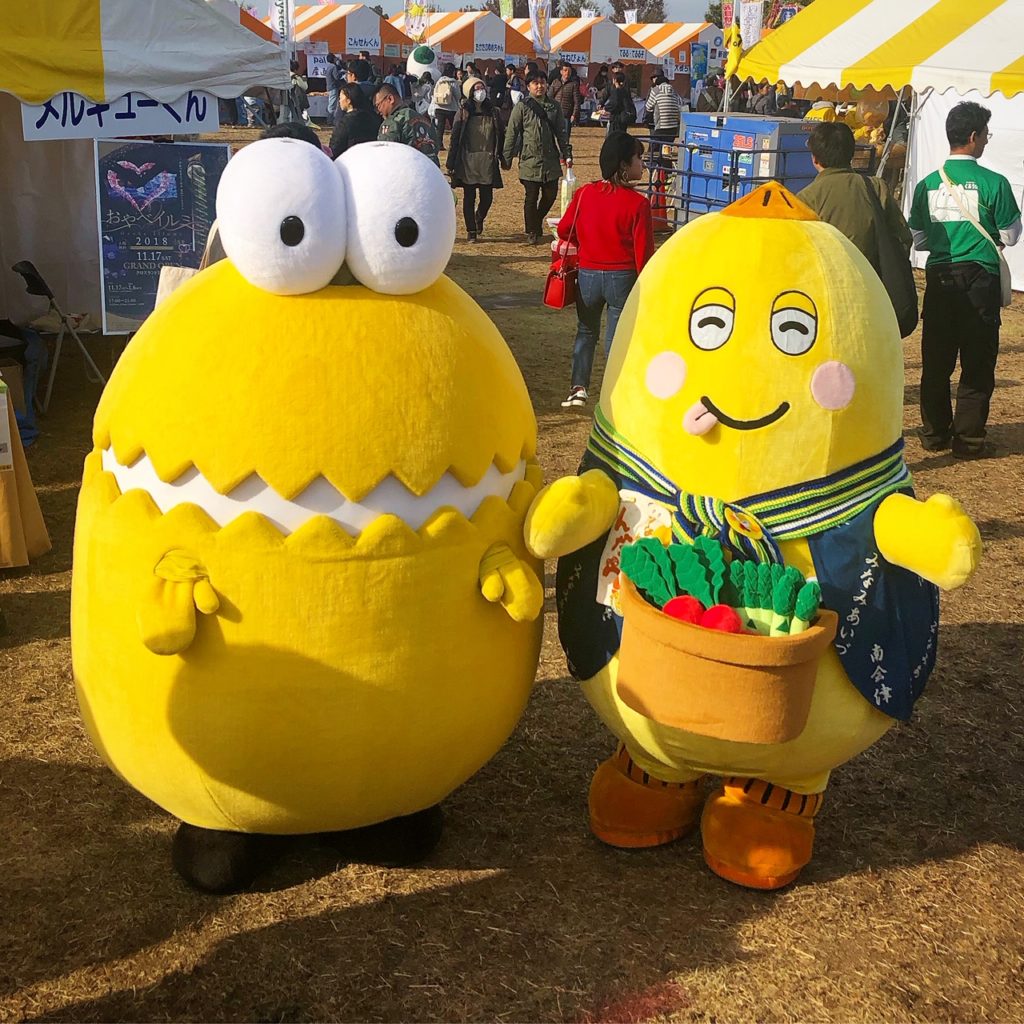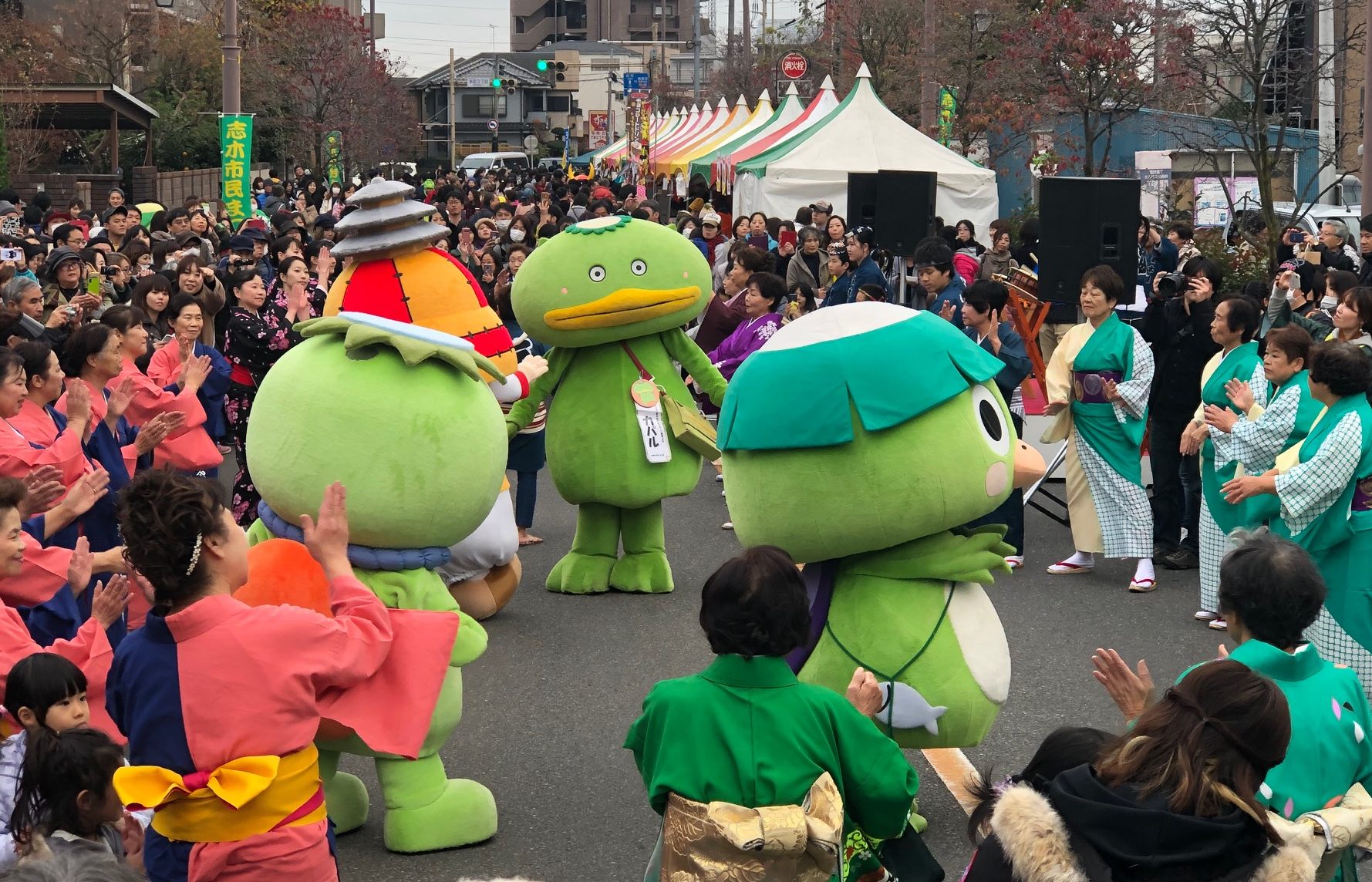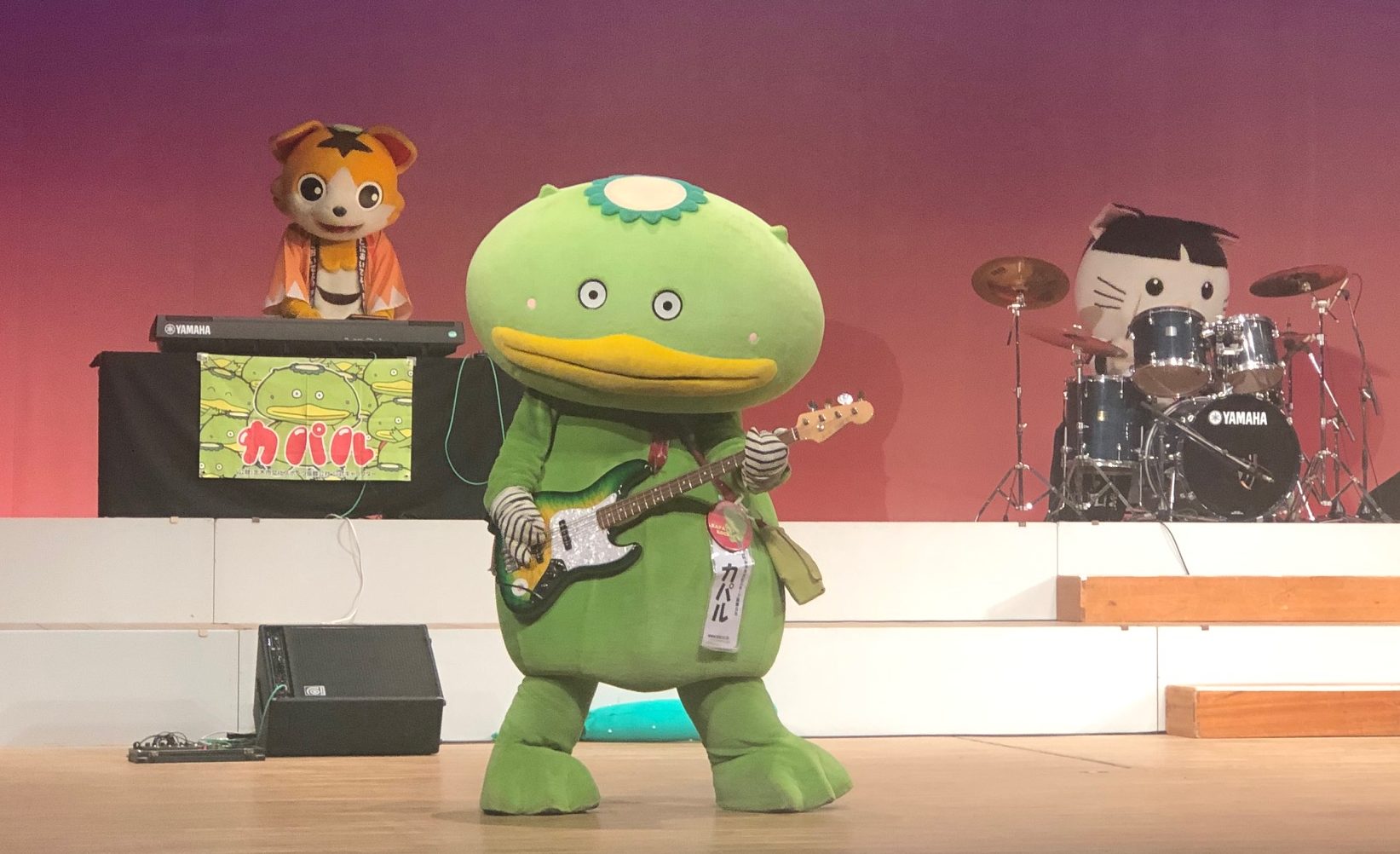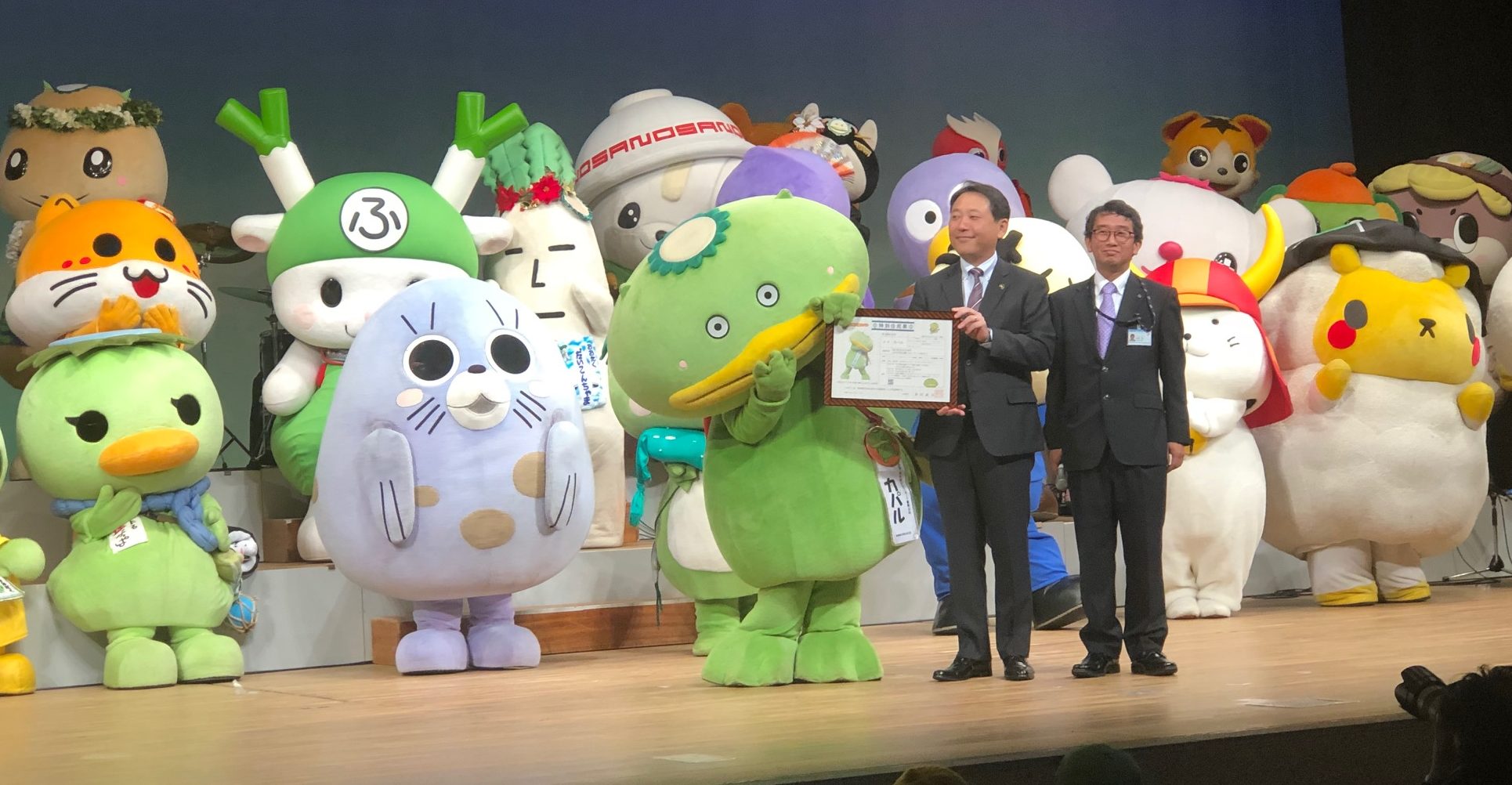2018 has been another eventful year in the world of Japanese mascots, so here are some of the highlights.
Social Media Superstars
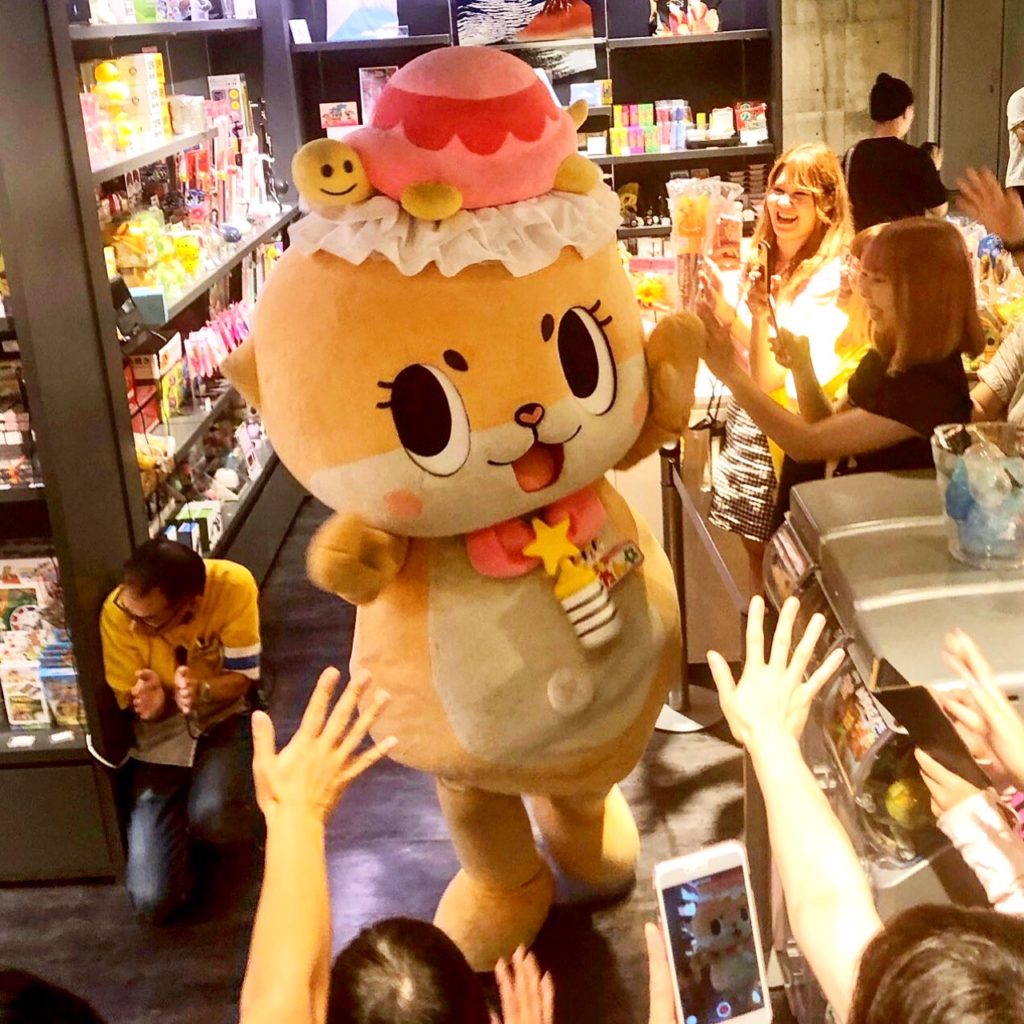
The year’s fastest rising star was Chiitan, the disaster-prone otter/fairy baby. Chiitan only first appeared last December (initially as the mascot for an actual living otter, also called Chiitan), and in one short year has amassed a huge online fan base (more than a million followers on Twitter), thanks to the character’s endless stream of viral slapstick videos. Numerous lucrative merchandising and advertising deals inevitably came Chiitan’s way. I managed to catch a couple of Chiitan’s rare public appearances this year, and the otter was always surrounded by droves of adoring fans.
Chiitan is the first of a new wave of internet-savvy costumed characters with Youtube and Twitter accounts. The character’s success has inspired several imitators, such as Pasuke the panda and Poohtah-kun, both of whom post videos of their own comical pratfalls. An animated “virtual youtuber” ghost named Bakegoro, from Matsudo City, also appeared in costumed form for the first time in October, and was soon making headlines after being spotted cleaning up litter in Shibuya the morning after Halloween.
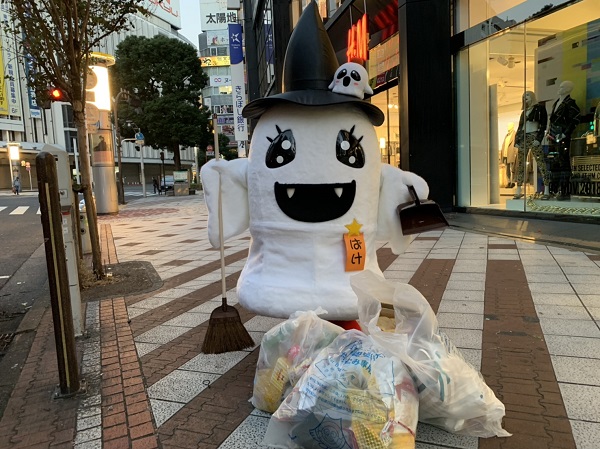
Fresh Faces
There was no shortage of new mascots this year. The most prominent debut was that of the 2020 Olympic and Paralympic mascots, Miraitowa and Someity, whose designs were voted for by the nation’s schoolchildren. I was invited to their unveiling, a big event where they were introduced by Tokyo Governor Yuriko Koike and former Prime Minister Yoshiro Mori.
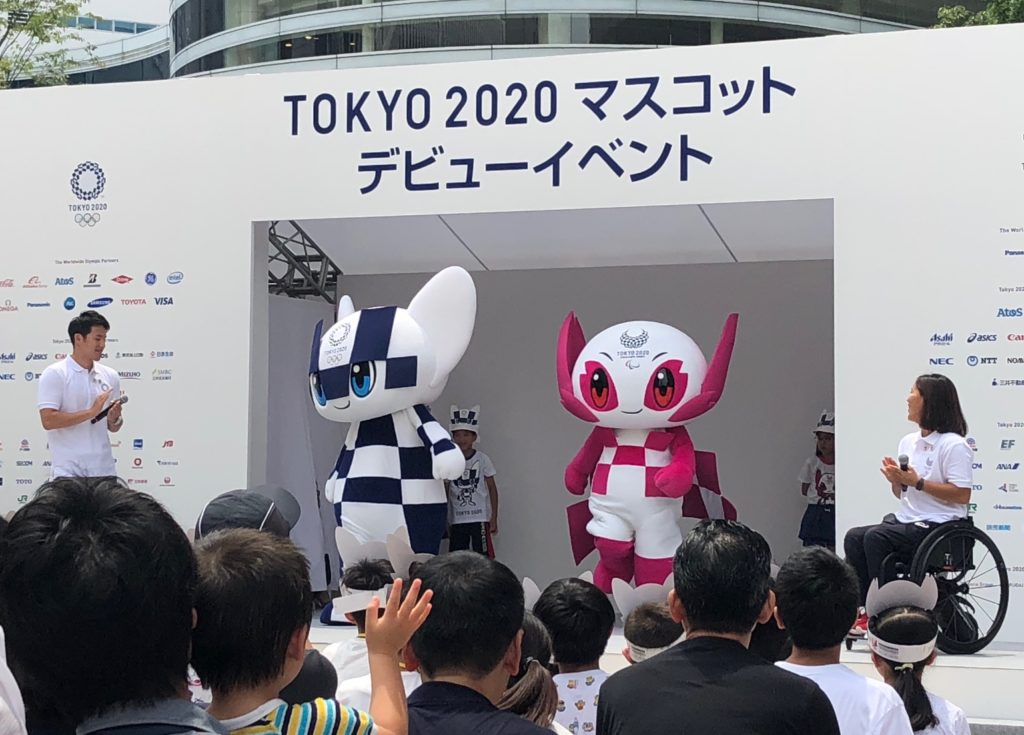
Another notable pair who made their debut were the 2019 Rugby World Cup mascots, Ren and G, who are “shishi”, sacred lion-like mythical creatures who ward off evil and bring happiness.
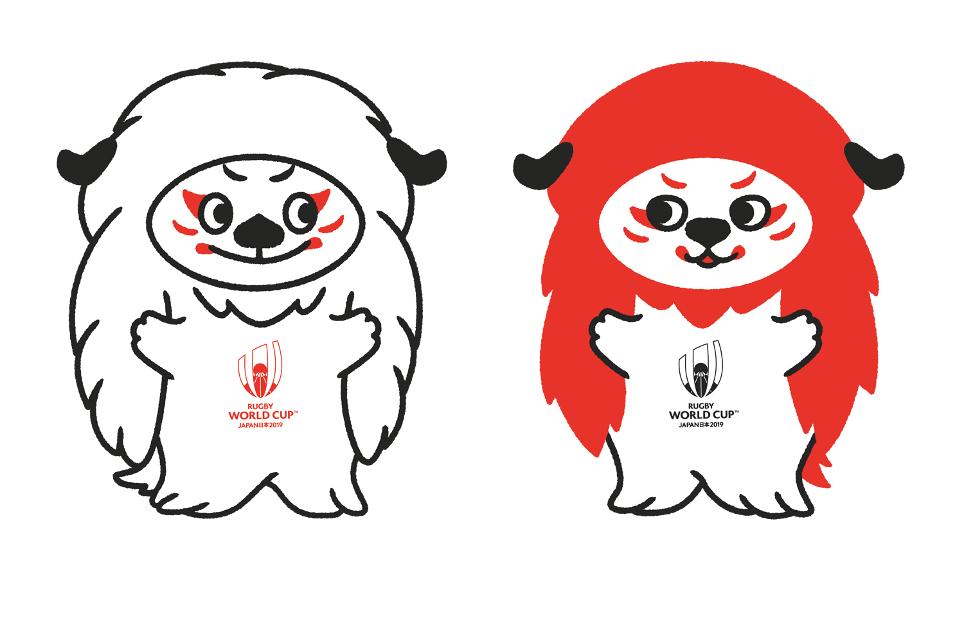
Meanwhile, both Nebaaru-kun (the natto fairy from Ibaraki) and Shinagawan (the cable TV mascot dog of Shinagawa, Tokyo) introduced mechanized metallic versions of themselves this year — Mecha-Nebaaru-kun and Mecha-Shinagawan.

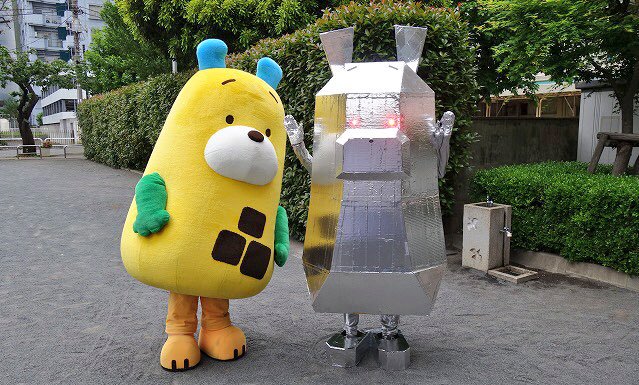
Another memorable new character this year was Colon-chan, an intestine-haired lady who encourages colon cancer screenings in Japan’s Miyoko City. Apparently, Colon-chan has helped increase the number of early detections of the disease.
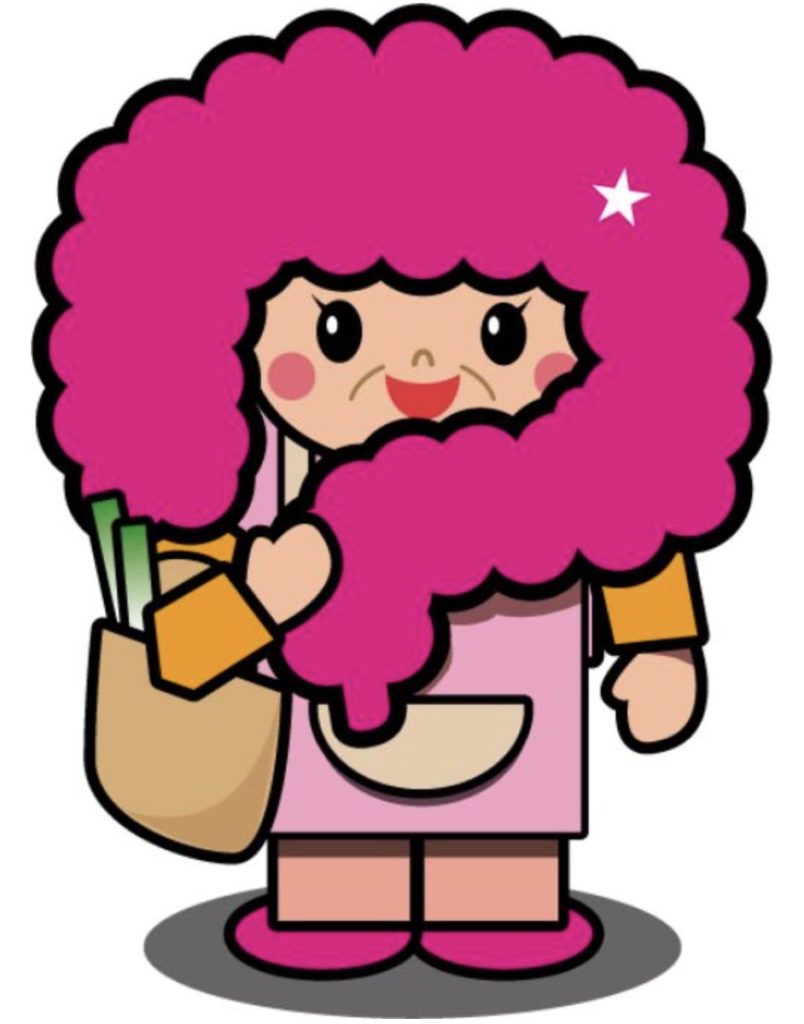
My favourite new mascot was Namakoro, the pink sea cucumber mascot for Japan’s Maritime Self-Defense Force in the Sasebo Region. The sailor-suit-wearing pink creature was selected because sea cucumbers don’t run, they don’t hide, and they have a thick skin to protect themselves from enemies.
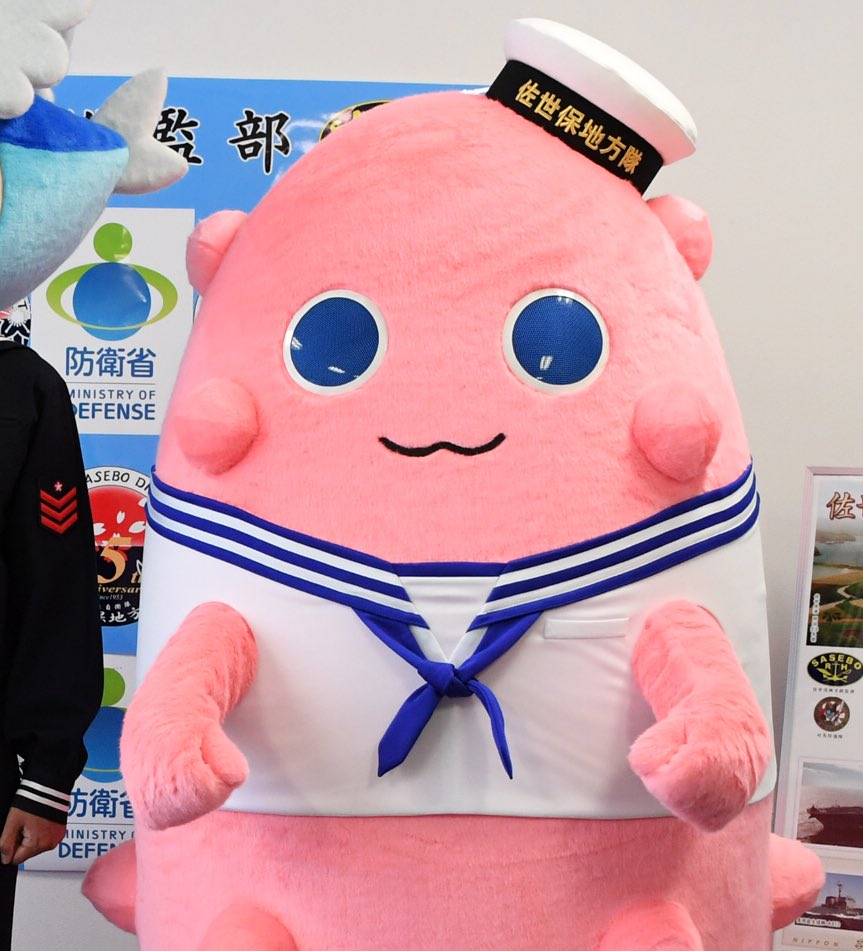
Endangered Mascots
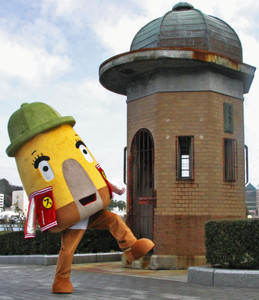
It was a turbulent year for Hemiemon, a new character from Yokosuka City, modeled on a pair of old naval guardhouses to celebrate their recent listing as historic buildings. Not long after the mascot made an enthusiastic debut, it was revealed that the two sentry posts were in fact built in the 1920s, far more recently than thought, rendering Hemiemon rather obsolete.
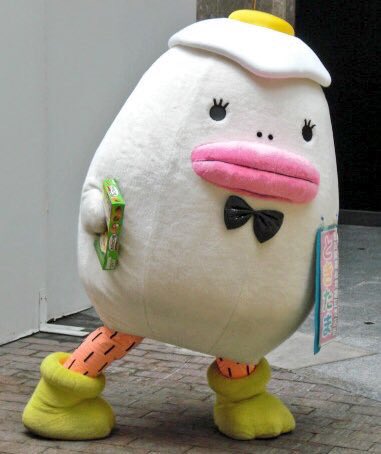
Meanwhile, the striking Tokitama (a hairy-legged egg who wears a fried egg as a hat), the popular mascot of Kagawa’s Tokiwa-Gai Shopping Street, faces an uncertain future and has not been seen in public since the company that manages him closed in the spring.
Another imperiled mascot is Ananmaru the bulldog, the public safety mascot of Komae, Tokyo. Ananmaru’s features and demeanor were modeled on the local mayor, and that mayor was forced to resign following sexual harassment allegations earlier this year, leaving the axe hanging over the head of his canine lookalike.

In Memoriam
While new mascots arrived, we had to say goodbye to a couple of old friends.
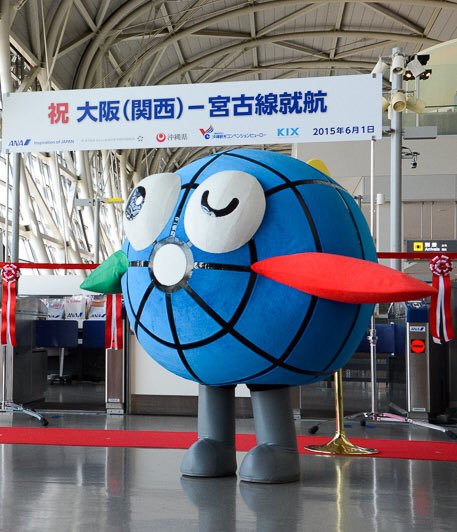
In March, Kan-kun, a globe with plane wings, who had been the mascot of Kansai International Aiport since 1994, retired and left “to fly around the world on a new journey”.
Mochi Usagi, a pink bunny with a rice cake head, also retired as mascot of Yahiko Village in Niigata Prefecture in April because the license with the creator ran out.
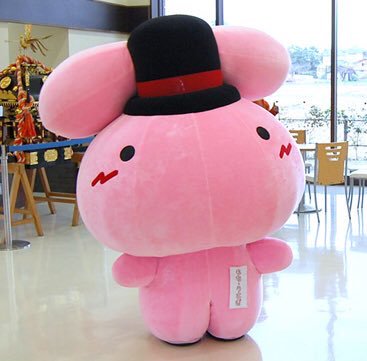
Memorable Events
Highlights of the year came courtesy of some familiar faces.
The Chiba Lotte Marines’ occasional mascot, the ever-evolving Nazo no Sakana (the Mysterious Fish) got himself a passport and went to Hawaii.
Kan-chan, the enema/fig/penguin mascot of Ichijiku Pharmaceuticals, released a suitably bonkers new theme song video.
And Hiyoko, the lovable chick mascot for Nissin Chicken Ramen became a devil worshipper in a very rock n’ roll commercial.
The Yuruchara Grand Prix
A big annual event in Japan is the Yuruchara Grand Prix, an online vote to establish the most popular mascot of the year. In 2018, the proceedings were beset with scandal, when several mascots (most notoriously, Konyudokun, the long-tongued boy from Yokkaichi City) were accused of rigging the election by buying thousands of votes. After suspicious votes were removed, the winner of the troubled election was announced as Kapal, a popular kappa mascot from Shiki City in Saitama. The eccentric, cucumber-wielding water imp has risen to prominence in recent years by playing bass in the mascot bands Charamel and GCB47. I was happy with this result and went to Kapal’s homecoming celebration the following month, where the beloved green monster was paraded through the streets of Shiki by cheering locals.

All in all, 2018 has been very enjoyable, and a particularly well-deserved year of success for Chiitan and Kapal. These mascot shenanigans have led to an eventful year for me, too — I got interviewed or profiled by CNN, Vice, The Independent, The AV Club, and Syfy among others, and I wrote an article for Citilab — so I’m thankful to all my fuzzy mascot friends. I’m already excited to see what 2019 has in store.
